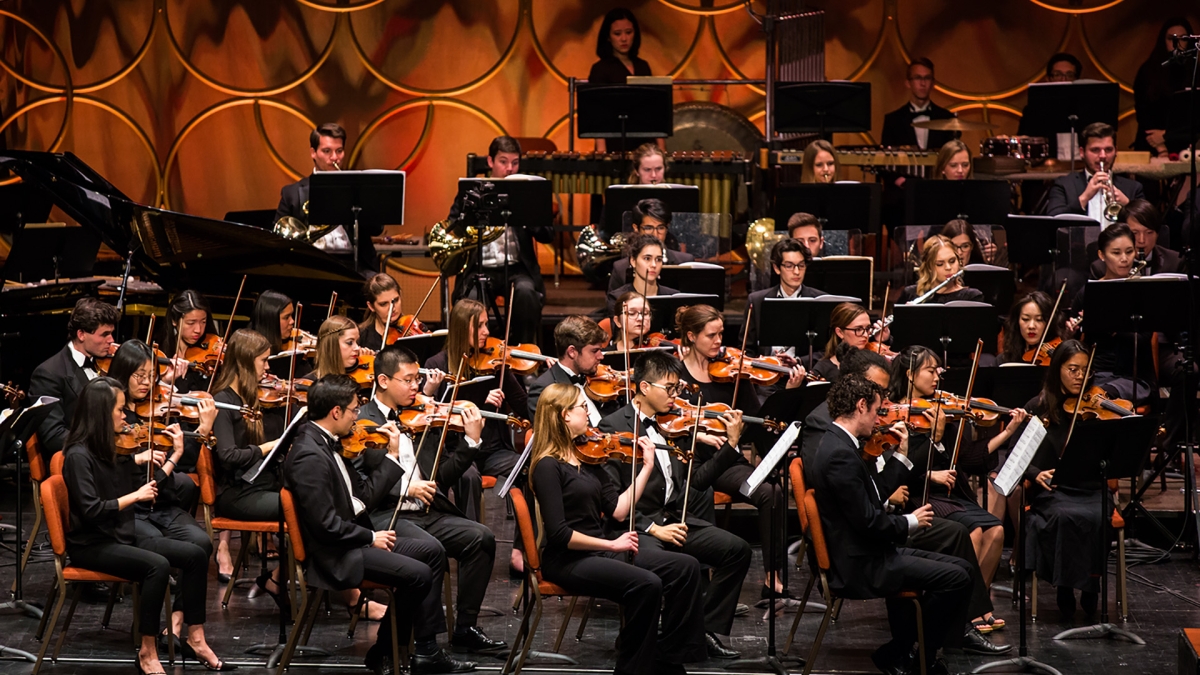ASU helps teachers learn how to heal young victims
Free online training sessions describe how trauma affects children and how educators can rebuild damaged brain connections

Children who witness a shooting, see a parent imprisoned or bounce from house to house can be traumatized so profoundly that it actually changes their brains.
Constant stress can make it nearly impossible for these students to sit in a classroom and learn. They may be pegged as defiant or withdrawn when their behavior is actually self-protective.
But teachers can help heal these young victims. A warm relationship with a caring adult and a safe classroom can start to rebuild damaged brain connections.
A team in the Mary Lou Fulton Teachers College at Arizona State University has created a free resource that trains teachers in how to help traumatized kids. Two new online mini-courses explain how to identify children who may have suffered trauma, why they behave the way they do and how to create an environment to build trust.
“Because teachers are with kids six hours a day, observing their behavior and changes and developing relationships, they’re in a position to be instrumental in the healing process in kids who have trauma,” said Ben Clark, who led the research and design of the hour-long videos, which are online.
The two training sessions on kids with trauma are part of the Sanford Inspire Program, a series of 42 research-based, interactive courses that cover a wide variety of classroom topics, such as how to give praise effectively, lesson differentiation, bullying and how teachers can cope with stress.
“Our mission statement is, ‘Each child deserves an inspirational teacher.’ And that drives our work to build really strong instructional skills but also strong relationship-building skills,” said Brian Nethero, executive director of the Sanford Inspire Program.
Healing young brains
The need to address childhood trauma is critical. Data from the U.S. Centers for Disease Control and Prevention shows that 57 percent of Arizona children have experienced an adverse eventAdverse childhood events as defined by the Centers for Disease Control and Prevention include living with someone who is mentally ill or abuses drugs or alcohol, experiencing divorce or parental separation, being a victim of or witnessing neighborhood or domestic violence, being poor, having a parent in jail, experiencing the death or a parent and being mistreated due to race or ethnicity., compared with 48 percent nationally. About a third of Arizona children have dealt with two or more adverse childhood experiences compared with 23 percent nationally.
Research shows that adults who experienced these traumatic events as children are more likely to abuse substances or become suicidal.
The Sanford Inspire Program trauma modules describe how these crises can short circuit the developing brains of children. High levels of stress can damage the parts of brain that regulate memory and attention, making victims hyperaroused and more likely to have anxiety, distrust, depression or aggression.
When the students are constantly afraid that something bad will happen, they can’t calm down enough to learn or develop social skills.
The two modules emphasize that teachers should understand that traumatized kids can’t control their behaviors. The interactive sessions then lead viewers through the ways these students can be helped. The content was created in partnership with two associate professors from ASU’s School of Social Work: Judy Krysik, director of the Center for Child Well Being, and Elizabeth Anthony.
“Essentially, each of these modules operates from a simple idea: If you respond to traumatized kids with compassion and care, they can begin to heal. And the research on resilience has borne that out. In terms of protective factors against trauma, the most significant one is a supportive and caring relationship with an adult,” said Clark, who is the teaching and learning specialist manager for the Sanford Inspire Program.
Besides the two modules on trauma, the Sanford Inspire Program also recently released two sessions on detecting and reporting child abuse. And the team is now developing two modules on adolescent substance abuse, which will be released in the fall.
Those six mini-courses were funded by the Bank of America Neighborhood Builders Leadership Program. The mission for that award was to develop training that would help the community at ASU and beyond, according to Robert Morse, who won the grant and is co-director of clinical experience in the Mary Lou Fulton Teachers College.
“There was a gap in preparing students to work with populations that are high poverty and may have different needs,” Morse said.
“This is content that districts usually would have to pay for and don’t have the expertise in-house to deliver,” he said.
Open to the community
The Sanford Inspire Program was created to be available to everyone. T. Denny Sanford, an entrepreneur and philanthropist, gave millions of dollars to the Mary Lou Fulton Teachers College to enhance child well-being with resources that anyone in the community could use.
The first interactive learning module went live a year ago, and this past spring the program won the 2016 Arizona State University President’s Award for Innovation.
The topics and the presentation are driven by feedback from up to 30 people, including Mary Lou Fulton Teachers College students who are in their yearlong residency, known as “teacher candidates.” The team pilots each module with classroom teachers and people who teach teachers — both in the K-12 system and in higher education. The testers span all areas — early childhood, elementary, secondary and special education.
“It’s critical to hear from them before our resources go live,” Nethero said.
The Sanford program works with more than 130 schools, and the new modules have launched partnerships with nonprofit organizations as well. The Harmony Project, a music program for low-income children in Phoenix, has its professional musicians use the modules to learn classroom management. The two modules on child abuse have been packaged especially for family advocacy centers, which use them to train people whose jobs require them to report possible abuse, Nethero said.
“That’s been exciting for us to see," he said, "how we can take something we originally created for teachers and see how these groups can benefit from it for no charge.”
For more information on the Sanford Inspire Program, visit http://sanfordinspireprogram.org/. To find the trauma modules, click on "Access our Professional Development" (green box), then on "Learning Environment" (turquoise box). The list of modules includes "Supporting Trauma-Exposed Students" and "Understanding the Impact of Trauma on Students." Free, but registration required.
Graphics designed by Nicolas Navarette/Sanford Inspire Program
More Arts, humanities and education

Small presses dealt big blow
A mighty rumble reverberated throughout the publishing industry late last month with the abrupt closure of a well-known book distributor. Small Press Distribution, which has distributed books for…

'Living dress' wins Eco-Chic sustainable fashion contest
When Elena Marshall is done showing off her award-winning “living dress,” she’ll bury it in her backyard. The dress, a chic design with a strapless bodice and flouncy skirt, is made of recycled…

ASU Symphony Orchestra welcomes visionary conductor Jonathan Taylor Rush
Guest conductor Jonathan Taylor Rush will join Arizona State University’s Jason Caslor, director of bands, to lead the ASU Symphony Orchestra in their final concert of the season, “Trailblazers,” on…